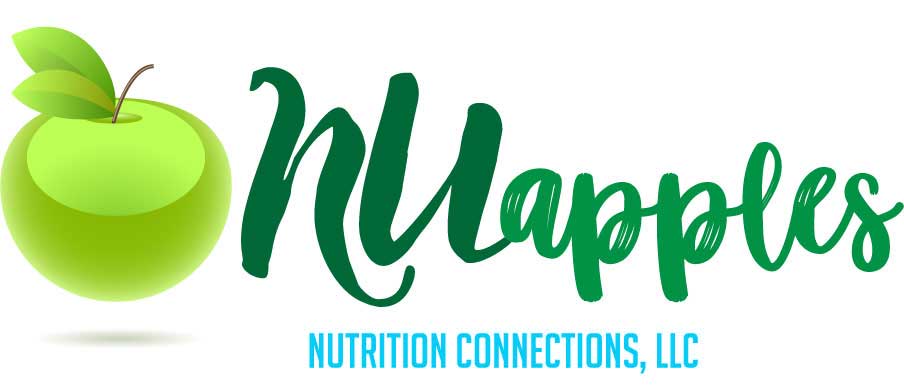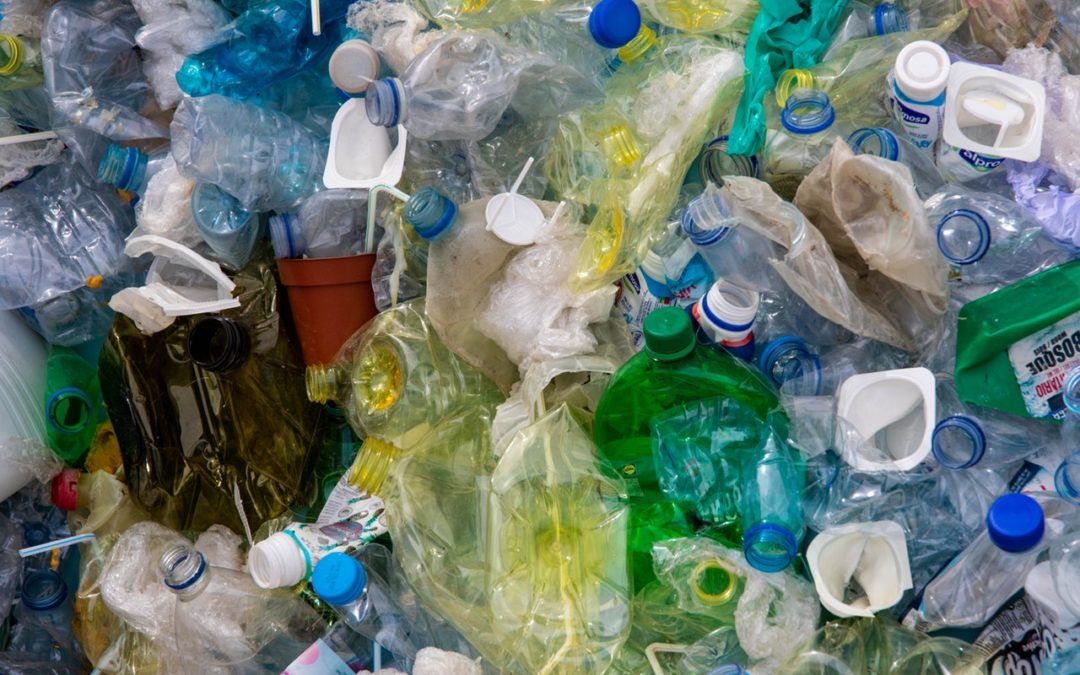By the year 2050, there will be more plastic in the ocean than fish. When plastic breaks down, the results are what is known as micro-plastic. Micro-plastic ends up in the digestive system of our fish and eventually in our bodies. These factors along are of great concern. However, this is not the only source of exposure to plastic contamination’s.
What’s in your food containers? Have you ever thought about what is in the packaging that holds our food? Research shows that BPA is the primary synthetic chemical in plastic food containers. We also know, BPA interferes with our natural hormone activity affecting fertility for both men and women. Furthermore, BPA increases the risk of congenital disabilities, obesity, metabolic disease, and other health problems. These problems exist with plastic containers because BPA leaks out of the chemical compound into our food or beverage when added to the packages.
As a result of the adverse side effects of BPA, plastic usage levels are decreasing. The food industry is substituting a new similar chemical compound known as bisphenol S (BPS) and bisphenol F (BPF). These are the new chemical substitutes that are being referred to in print on plastic containers as “contains no BPA” or “BPA-Free.” Studies are underway to investigate the health risk of the new chemical substitutes.
One study findings on bisphenol S and F compounds report they are as harmful as BPA on the human body. Special attention in this study is on the effect of the compounds on obesity. Researchers began by analyzing the data from 1,831 children and adolescents associated with the U.S. National Health and Nutrition Examination Surveys from 2013 to 2016. The study process design periodically measures the urine samples of the participants to see if concentrations of BPA, BPS, and BPF could be present in urine. Results report that 97.5% of urine contain BPA, 87.8% BPS, and 55.2% BPF. These factors may be a contributor to the prevalence of the 18.5% childhood obesity problem in the United States.
The food processing industry continues to use various forms of plastic containers containing bisphenols compounds. Bisphenols are in the lining of can soups, beverages of all types, especially bottled water, meats, and poultry plastic containers.
The Food and Drug Administration is aware of the fact that these hazardous chemicals are leaking out in our food supply. However, they are suggesting that the levels are low enough not to harm the body. Evidence-Based Research is presenting very different opinions. As consumers, the following measure will help to protect our health and well- being:
- Achieve and maintain optimum nutritional health: Eat a healthy diet such as the DASH or Mediterranean pattern, and Exercise.
- Enhance the immune system: Increase your intake of fruit and vegetables for their derived benefits of phytochemical/antioxidants.
- Mindfulness: Be aware of the potential exposure to bisphenol chemicals by avoiding the use of plastic bottled water, and plastic-lined canned products. Reframe from microwaving food in plastic food containers, and it is best to choose glass.
Researchers are alerting us by recommending that we strive to avoid as many of these containers and packaging as possible. Individuals who consume more of these products are more likely to have higher exposure levels. What’s in Your Food Containers?


I happen to be commenting to let you understand what a amazing discovery my friend’s princess encountered visiting your webblog. She even learned a lot of pieces, which included what it is like to have a wonderful coaching character to have other people effortlessly gain knowledge of various grueling topics. You truly surpassed readers’ expected results. Thanks for imparting the priceless, trusted, educational as well as cool guidance on your topic to Emily.